As a pediatric dietitian, I talk a lot about kids’ nutrition, feeding dynamics and family meals on my blog, but don’t often focus on proper hydration for kids, which is just as important (or more!). Here’s why keeping your kids hydrated during the summer should be a top priority.
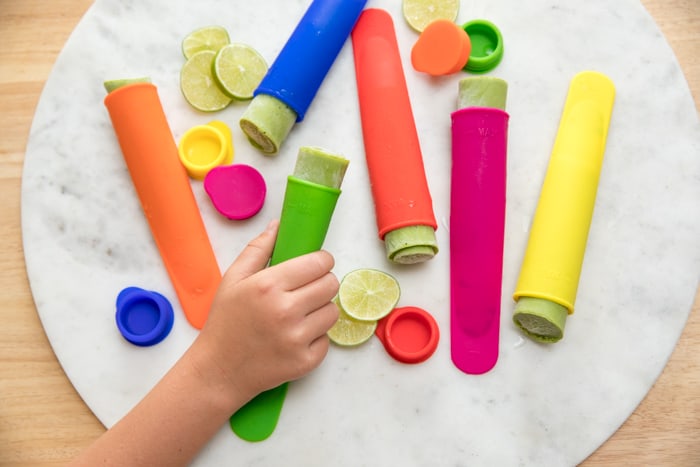
I was rudely reminded of this a few days ago, when I dropped the ball at a friend’s backyard pool party, in the blazing heat. Amongst the fun and excitement (and trying to make sure my kids were safe and sun-screened) I forgot to remind them to drink fluids. And because of this, my oldest crashed on the couch when we got home, flushed, exhausted and thirsty. Although we were able to replenish his fluids, it put a bit of a damper on an otherwise super fun day. Needless to say, I felt terrible, especially as a dietitian who specializes in kids nutrition. I’m not perfect – just like any parent – but it was an important reminder to make my kids hydration a top priority.
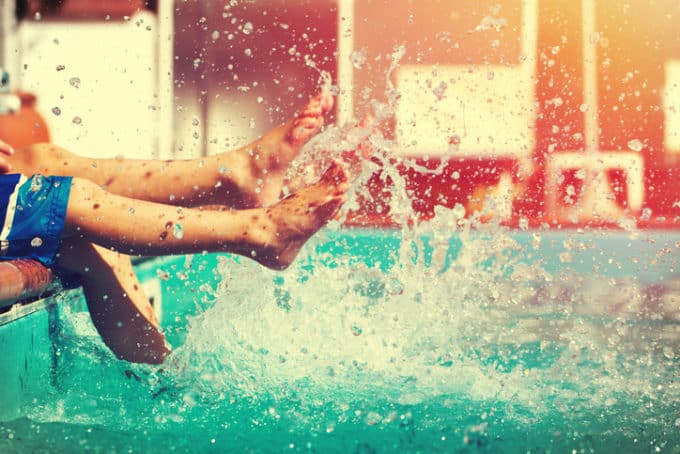
Why is staying hydrated so important?
Kids don’t often recognize thirst, especially when they’re busy having fun, which makes them particularly vulnerable to dehydration, especially during times that can drive up their body fluid losses, like on a hot summer day. Proper fluid intake is essential for kids, not only to stay hydrated, but also to:
- Help with digestion
- Move nutrients and waste through their bodies
- Maintain healthy blood volume
- Help lubricate joints and body tissues (like the mouth, eyes and nose)
- Protect and cushion their joints and organs
- Control their body temperature.
How much do they need?
Toddlers, and kids should be getting anywhere from 3.5-7 cups of fluid per day depending on age, gender and activity level, and even more if it’s hot outside!
Base fluid guidelines for kids are:
- 1-3 year-olds: 3.5 cups per day
- 4-8 year-olds: 5 cups per day
- 9-13 year-old girls: 6.5 cups per day
- 9-13 year-old boys: 7 cups per day
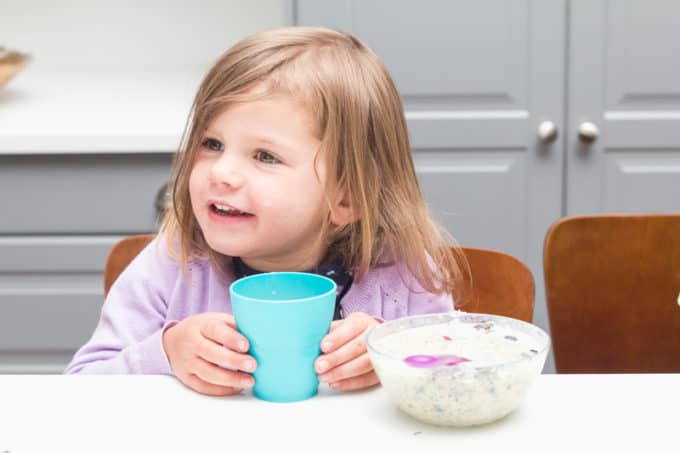
And this doesn’t account for extra activity or hot or humid weather conditions. It’s important to keep tabs on thirst, urine output and mood to ensure that your child is meeting his or her fluid needs. If your child is thirsty, and/or has dark, concentrated and strong smelling urine it’s likely that he isn’t meeting his requirements and needs to drink more.
Here are some of the signs and symptoms that your child is becoming (or is) dehydrated:
- Thirst
- Dry or cracked lips/mouth
- Flushed skin
- Headache
- Dizziness and fainting
- Decreased urine output
- Dark, concentrated and strong smelling urine
- Low blood pressure and increased heart rate
- Mood changes (tired, irritable, drowsy)
Top three tips for keeping your kids hydrated during the summer:
1) Buy fun, reusable water bottles for each child:
Have labelled and clean water bottles for your kids, that are always full and accessible (out of sight, out of mind). To make it more fun, add fresh or frozen fruit to water for flavour, or a little bit of unsweetened fruit juice. For something different, try carbonating water and adding some natural flavour such as frozen berries, citrus, mint or a small splash of unsweetened fruit/veggie juice. I mark my kids water bottles with a permanent marker (at the 1/3 cup mark) and tell them “when your water gets down to this mark, it’s time to refill!” which helps to remind them to keep their bottles filled all day long.
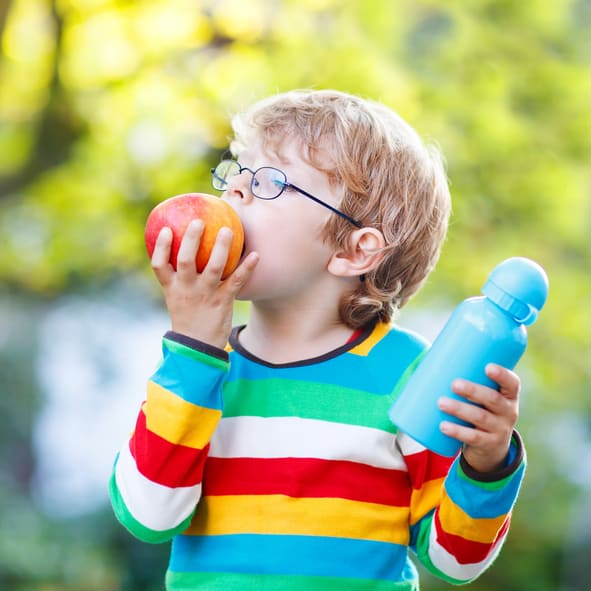
2) Keep other kid-friendly, nutritious, hydrating fluids on hand:
Although good old water is the gold standard for hydration, there are a few other nutritious options that can help to keep your kids hydrated (and nourished) too, such as milk, and homemade smoothies. We often use leftover smoothie for homemade popsicles! My kids love these because they feel like a treat (but really, they’re nutritious and hydrating, so mom is happy!). If you’re curious about sports drinks for kids, here’s my take on Prime Hydration for kids and Biosteel for kids.
3) Serve lots of fruits and vegetables throughout the day:
Fruits and veggies are not only naturally nutrient-packed (vitamins, minerals, antioxidants, phytochemicals and fibre), but also very hydrating. In fact, most fruits and veggies contain between 80 and 90% water! Make sure to offer at least two types of fruits and/or veggies with every meal and at least one with every snack.

The most hydrating fruits and vegetables include watermelon, strawberries, cantaloupe, peaches, cucumber, lettuce, zucchini and radishes. Making fruit and veggie smoothies is a great way to add more produce to your child’s diet (and a fun thing to make together).
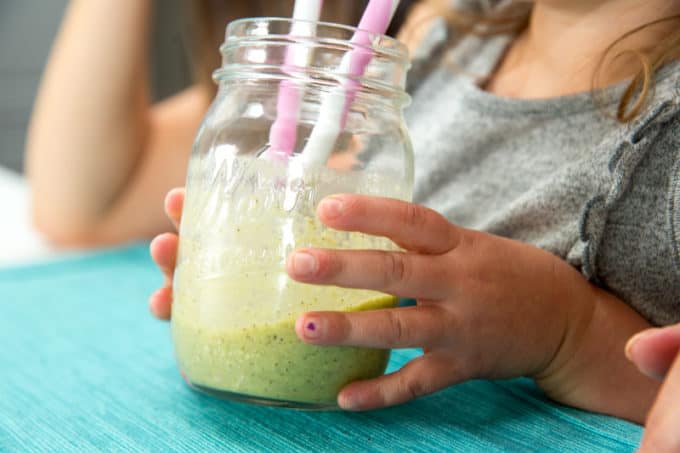
We usually add fresh or frozen berries, banana, spinach or kale, Greek yogurt, chia or hemp seeds and milk (or Shakers!). Smoothies are a nutritious and hydrating way to keep your kids cool on hot days (and the leftovers make for great homemade popsicles!).
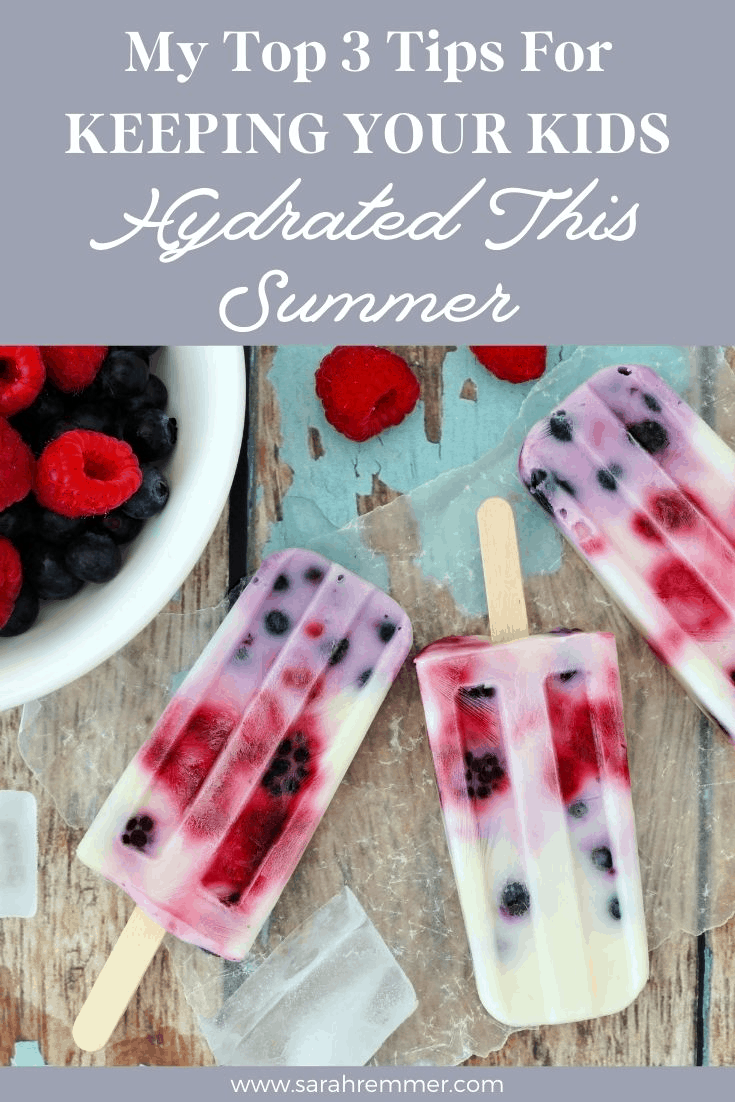
For easy kid-friendly recipes and tips on kids nutrition, check out my Facebook page and Instagram feed
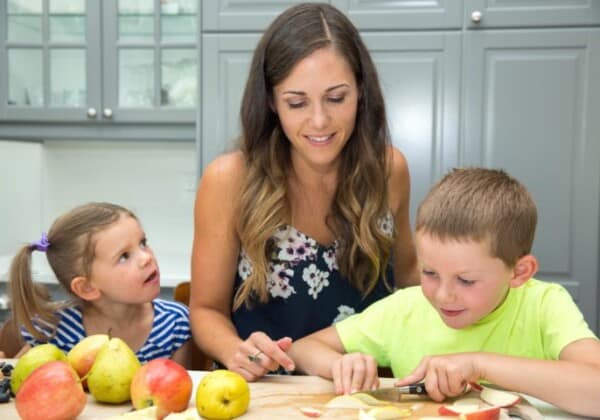

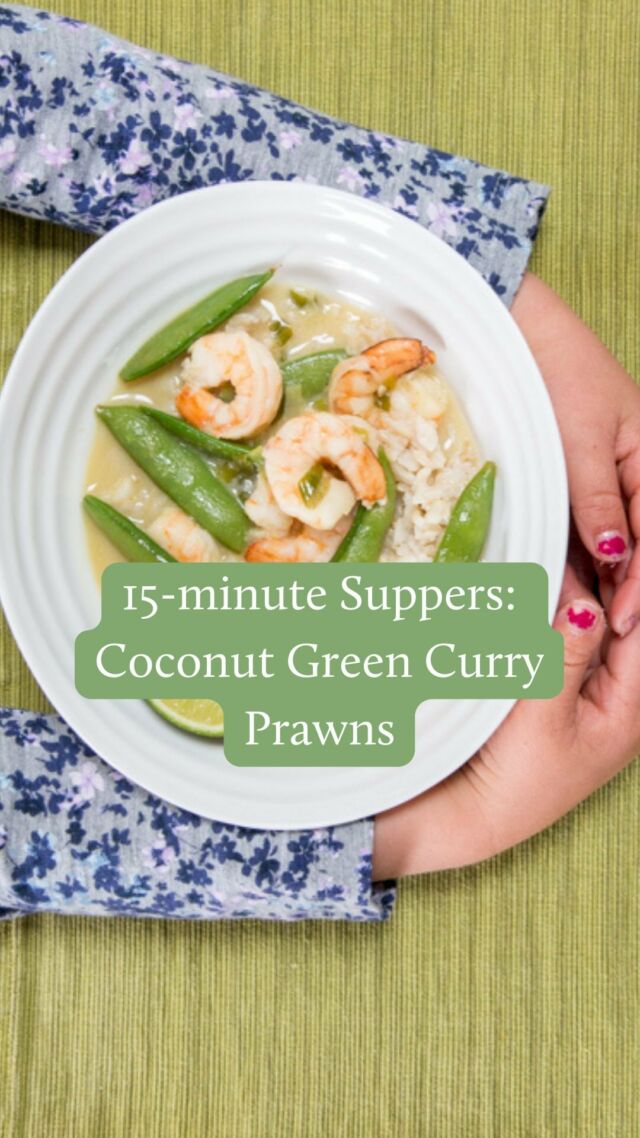
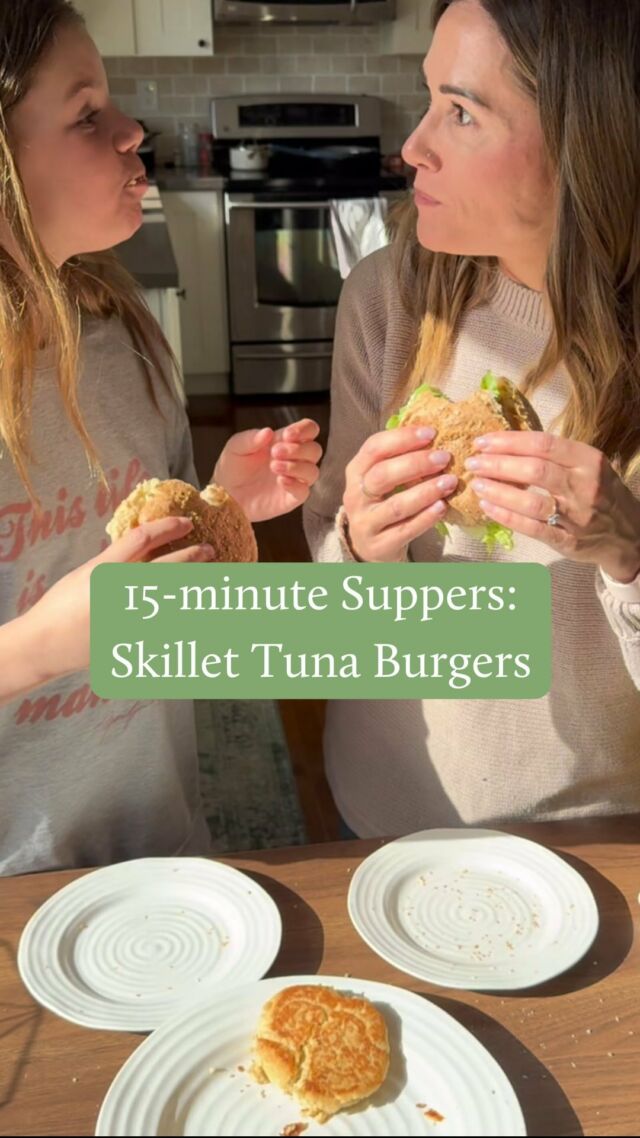
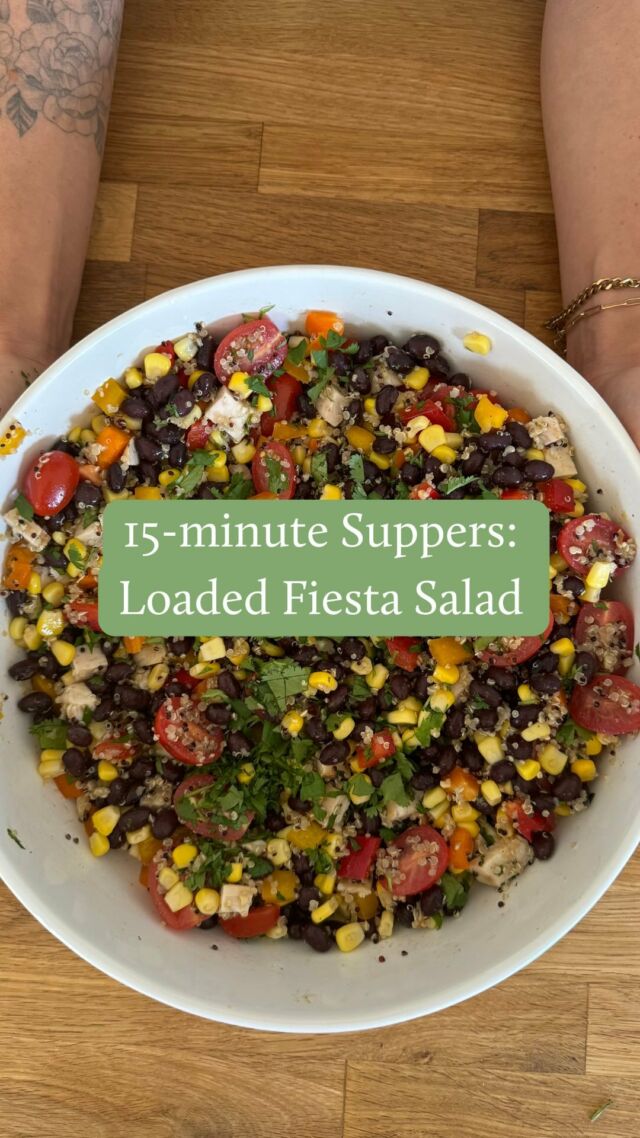

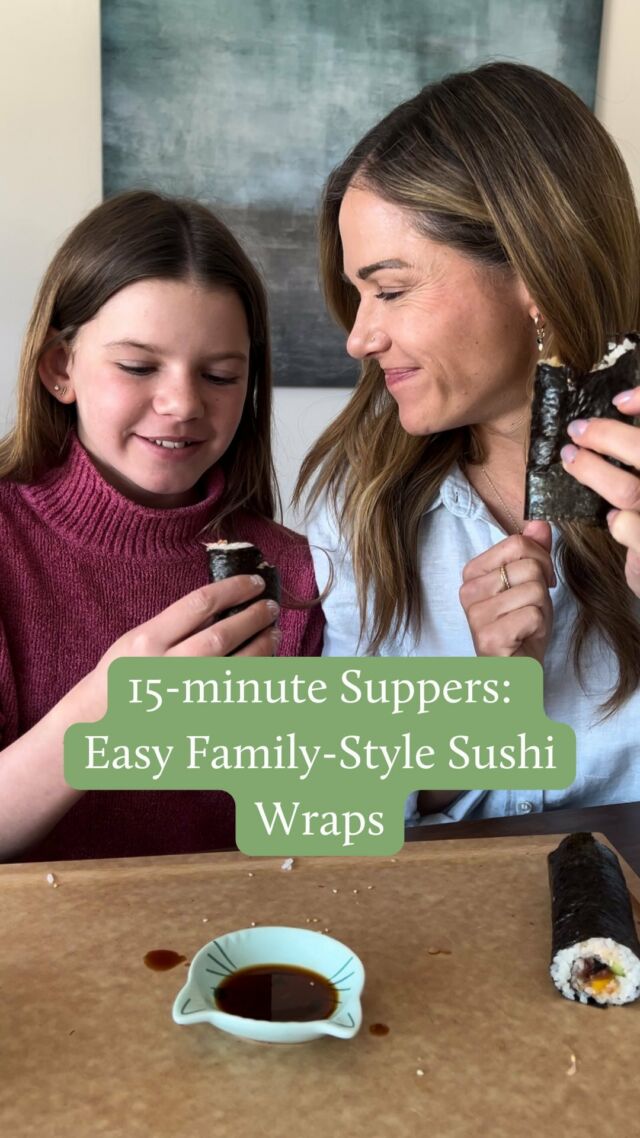

Comments
Crysta Waston says
Hey Sarah, you have discussed one of the best ways to maintain hydration. Thanks for sharing such a creative Blog with us.
Marie says
Great ideas for keeping kids hydrated, Sarah! I also like how you included signs and symptoms of dehydration. Those are things people all too often miss.
Whitney @ To Live & Diet in L.A. says
I like the 3rd tip! I’m all about staying hydrated with watermelon in the summer 🙂
Stacey Mattinson says
Awesome tips!! Love the idea of everyone getting their “own” water bottle.